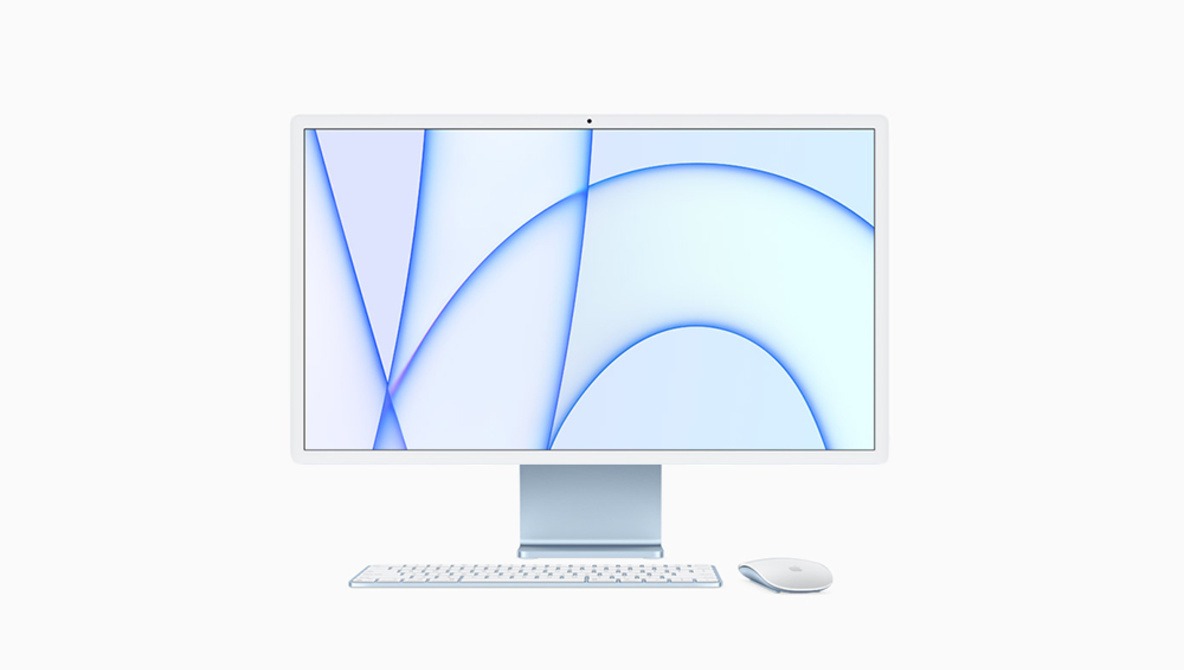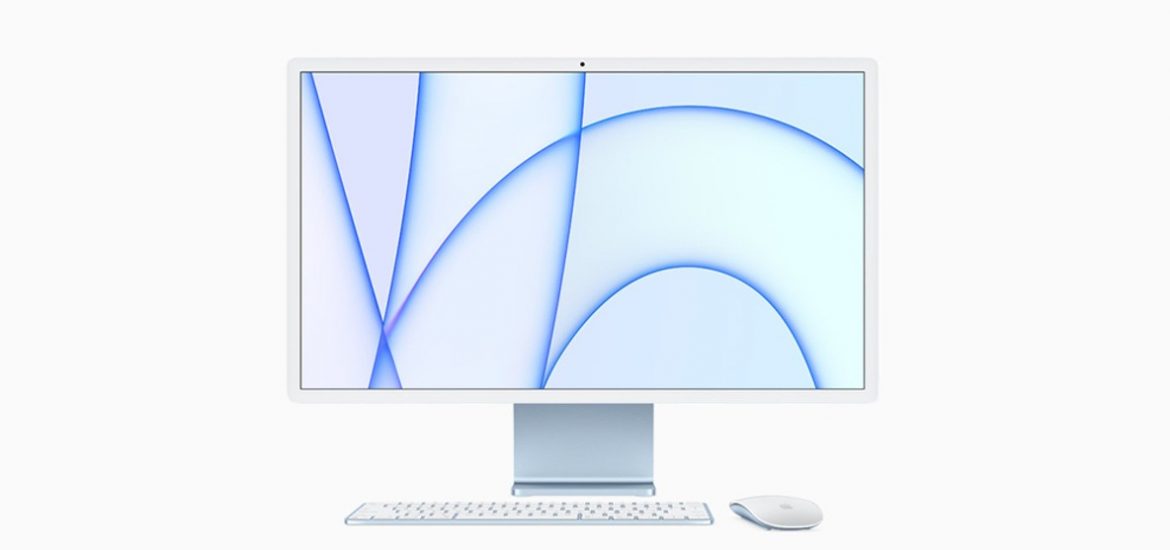
Apple’s Thunderbolt Display was discontinued in 2016, and we haven’t seen anything quite like it since.
Rumors of a new monitor from Apple have been swirling around for a while, but why can’t another company get ahead of this obvious need? I still see the old “Thunderbolt Display” in high-end offices and even some post-production houses (not for color-critical work, of course). It’s clearly a prolific monitor that was happily adopted by the creative industry.
What Set the Cinema Display Apart
The Cinema Display, later renamed Thunderbolt Display, was a sleek addition to the Mac ecosystem. In my eyes, it offered two great advantages. First, they used premium materials like metal and glass. Secondly, if everybody uses the same display, then creatives have less variables to account for across their pipeline.
It wasn’t a perfect monitor. The Thunderbolt Display would only work with Thunderbolt-enabled computers, so no HDMI or Displayport options. A glossy screen might not be everyone’s cup of tea either. It doesn’t cost nearly as much as a Pro Display XDR though.
The Market Is Hungry
The above image tells us that users Googled “best computer monitor” as the pandemic broke out more than ever. However, if you want to know how thirsty creatives are for an affordable Apple monitor, just look at on-screen product photography.
Brands are mocking up their own versions of what looks like a future Apple display, rather than use an actual display. It’s significantly more effort to do this. This is all due to the lackluster alternatives.
Current displays are plastic, with names like VP2785. I feel like it’s no longer acceptable to treat your product like a 2000s Microsoft marketing team might. I’m also beginning to see why Apple thought they could charge $999 for a monitor stand, when most of the competition is trying to win the hearts and minds of accountants.
I’m surprised that companies like Atomos have come so close and haven’t yet capitalised on this market gap. Their Neon series builds upon Apple’s old aesthetics. Why not dumb down the display from a 10-bit to a 8+2bit FRC display like their Sumo, then kill the fancy I/O, and sell it for under $1,200? From experience, their Sumo monitor is too small to use as a second monitor, and I’m not entirely convinced the Neon is fit for its high-end purpose either. I’d absolutely buy a reasonably priced Atomos monitor that works on a desk as well as on set.
The New iMac
I actually considered buying a new iMac, just to use it as a display and to occasionally render out projects in the background. Unfortunately, it doesn’t seem to support Target Display Mode from my MacBook. In fact, no iMac has supported this since 2014.
Don’t get me wrong, I’m happy with my BenQ PD2700Q. It’s color accurate, though not a true 10-bit monitor, but it’s inexpensive, and I can’t complain. Still though, I’d happily pay more if the screen was as flush as the iMac, the chassis didn’t look like every PC monitor for the past 20 years, and the buttons didn’t feel like they belong on a CRT television.
Conclusion
I don’t think that sleek, well-built displays are out of fashion. An everyday “Pro Display XDR” could soon become the next standard. It’s just frustrating that Apple still has a lead in the market, five years after leaving it. Perhaps we’ll see more displays like this if Apple returns? I can only hope this sparks more competition.
